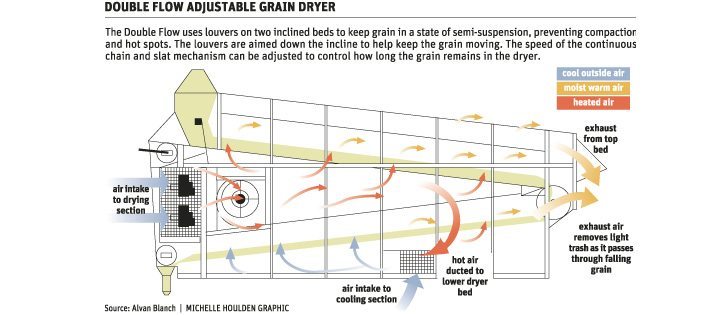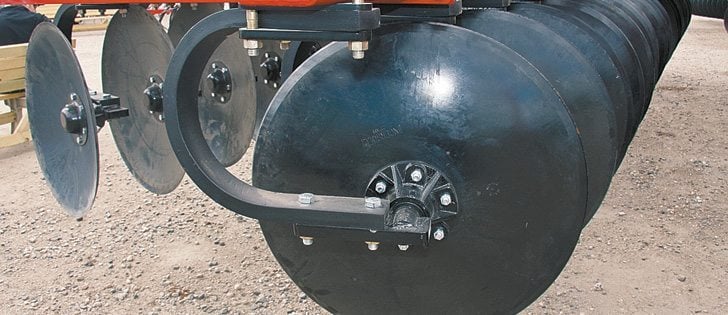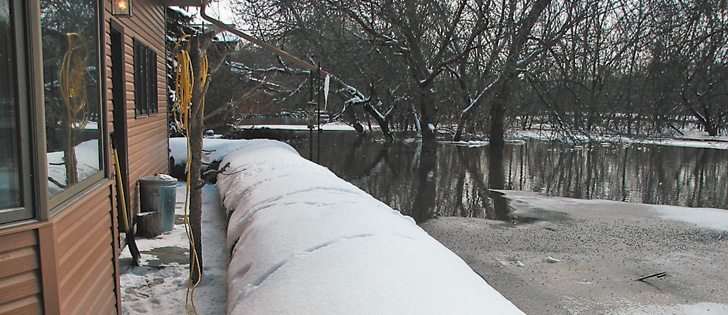Troy Prosofsky of the canola council provided sample collection guidelines:
- handle the worm (larva) as little as possible
- do not include soil with the specimen
- place one larva plus feeding material (part of a host plant) into a clean container suitable for shipping. Paper bags will work for those who drop off samples
- every larva must have collection data including collection date, collector’s name and e-mail or phone number, nearest town, GPS or legal land description if known, specimen description (species, if known), name of host plant and previous crop
Read Also

Farm groups ask feds for export sales reporting
The Agricultural Producers Association of Saskatchewan and SaskCrops asks the federal government to create an Export Sales Reporting program.
Cutworms are already active in crops on parts of the Prairies and growers are urged to scout for the pests to limit damage.
While they’re at it, they can also assist with a three-year cutworm research project now underway.
A research team stretching across Western Canada is working on cutworm identification, parasitic wasp identification and cutworm biology. Samples are being collected that will contribute to a database designed to evolve and expand as more information becomes available.
The study, funded by the Canola Council of Canada and led by Kevin Floate of Agriculture Canada in Lethbridge, is a result of grower demand for more information on cutworms and their control.
“I’m pretty optimistic that we can better prepare producers with options for control,” said Floate.
Specific cutworm trouble spots this season are being monitored and can be found in Alberta through the Prairie Pest Monitoring Network at www.agric.gov.ab.ca/app68/listings/cutworm/cutworm_map.jsp.
Information is also available through the canola council.
Researchers need samples from Alberta, Saskatchewan and Manitoba to assist with the ongoing cutworm project.
In Alberta, some researchers are available to collect samples if farmers call to report an outbreak. Farmers can also mail or drop off larvae samples.
In Saskatchewan and Manitoba, samples can be dropped off or mailed. Specific procedures are required to identify the sample and preserve the cutworm so it is not damaged in transit.
- Lorsban, Pyrinex, Nufos, Citadel, Pounce, Perm-UP and Ambush are all registered for cutworms in canola and sunflower; in flax and lentils Decis can also be used. In chickpeas, Coragen, Matador and Silencer are available, while pea producers can also use Pounce, Perm-UP and Ambush
- in cereals, all of those products are allowed, with the addition of Ricord in wheat, barley and corn. Soybeans can have Matador and Silencer
- in canola, the threshold for determining when to spray can be tough to gauge, however 25 to 30 percent damage is considered reasonable
- for flax, the economic threshold is four to five larvae per sq. metre
- the threshold of when to spray peas is three cutworms per sq. metre
- in fall cereals with adequate moisture, large numbers can be tolerated without economical control
- for spring crops, three to four pale western cutworms per sq. metre are an issue
- in some species the larvae are night feeders, so insecticide needs to be applied while they are above ground. The whole population doesn’t appear in the same night, so applications over a few days will be more effective than a single pass
- the pest needs to eat the chemical, so higher water volumes will aid in whole plant coverage
- populations tend to be located in clusters, so treatment can often be limited to areas where damage is apparent
- moths lay their eggs in the year previous to when their larvae appear in fields
- there are four predominant species’ dingy, redbacked, pale western and army
- dingy are grey with light markings down the back. They are early season feeders and tend to feed on above-ground foliage, leaving bare patches in the field
- common to Manitoba and eastern Saskatchewan, redbacked have two reddish stripes down the back. Younger ones feed on foliage older ones cut stems
- pale western are light-coloured with a dark brown head. Common in Alberta and western Saskatchewan, they tend to feed underground, making them more difficult to control
- armyworms are foliage feeders with yellowish with dark stripes and are most common in Alberta and eastern Saskatchewan















